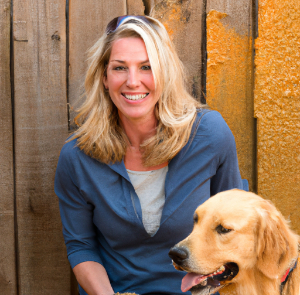Traditional methods of dog training involve obedience and correction of unwanted behaviour with intimidation and punishment. Thankfully, these methods are now seen as outdated, as more dog trainers and behaviourists move to positive dog training.
Ignoring Bad Behaviour
Unwanted behaviours in dogs may include barking, jumping on people, guarding food and toys, pulling on the lead, running away, digging, snapping, chewing inappropriate items, anxiety and aggression. Any type of attention given to a dog when he performs these bad behaviours can be seen by the dog as a reward, which reinforces the behaviour. Without realising it, some owners are actually creating and reinforcing bad behaviour in their dog. According to Pamela Dennison, author of The Complete Idiot's Guide to Positive Dog Training, if you are not ignoring bad behaviour, you are enforcing it. Pamela believes that ignoring bad behaviour will reduce repeats of that behaviour, and it will eventually stop occurring.
Positive Trainers Use Negative Punishment
Timing is crucial when using positive dog training methods. It may be tempting to try to bribe a dog with a biscuit to distract him from a bad behaviour, but because you would be rewarding a dog at the time he was performing the behaviour, he thinks that behaviour is acceptable and will therefore continue to repeat the behaviour. Bearing in mind that a dog sees your attention as a reward, if he jumps up at you and you fold your arms and walk away, you withhold the reward he seeks. This method is known as negative punishment.
Positive Reinforcement
Whenever a reward is given at the exact time a dog performs a specific behaviour, this reinforces the behaviour in the dog's mind, and the behaviour will be more likely to be repeated. When training a dog, most people use treats as a reward when their dog sits on command. A treat does not necessarily have to be food. Praise, toys and certain activities can also be used as a reward for good behaviour.
Positive Dog Training Vs Punishment
Punishing a dog when he performs an unwanted behaviour can create stress and anxiety, and damages the bond between owner and dog. Having a good relationship is the foundation for training a dog. With a strong bond, a dog will trust his owner and be eager to please. Prior to using positive reinforcement, Pamela Dennison used traditional methods of punishment and has observed the differences in dog behaviour over many years. She has observed that behaviours learned through force can fall apart when the dog is under stress, whereas beaviours learned through positive reinforcement are stronger, with the dog more able to follow commands under pressure. This is a distinct advantage in unusual circumstances where there are distractions or danger.
